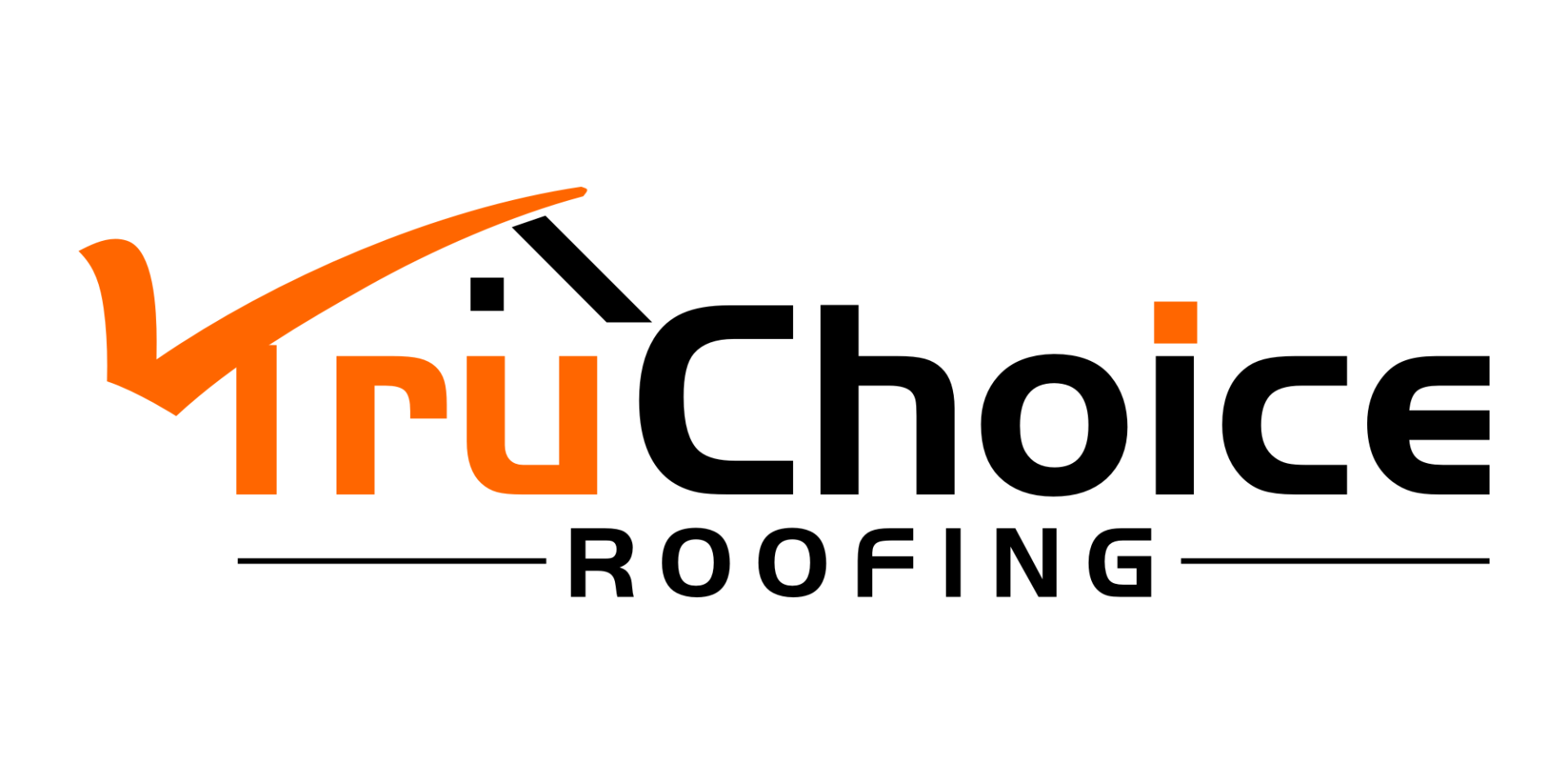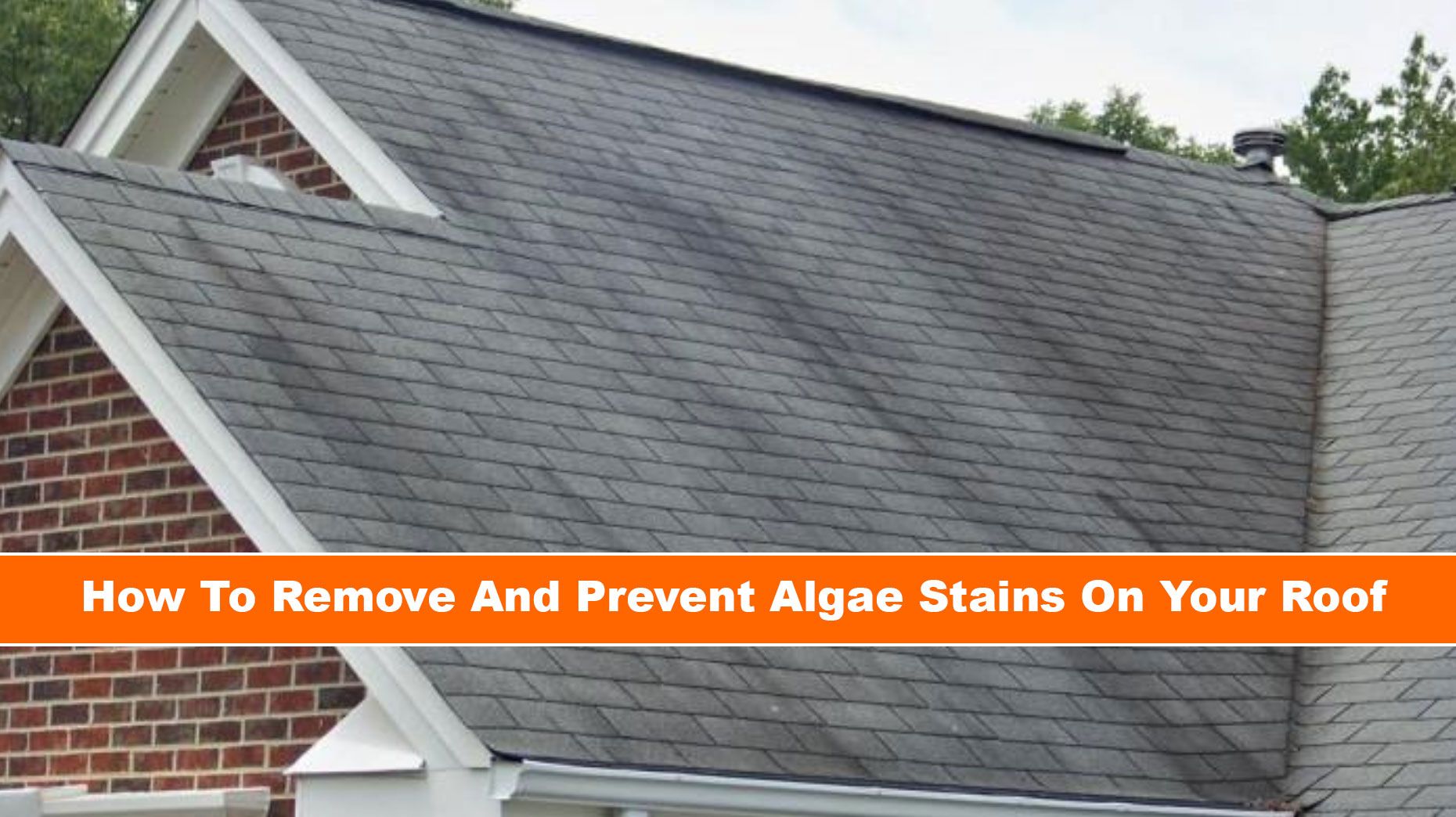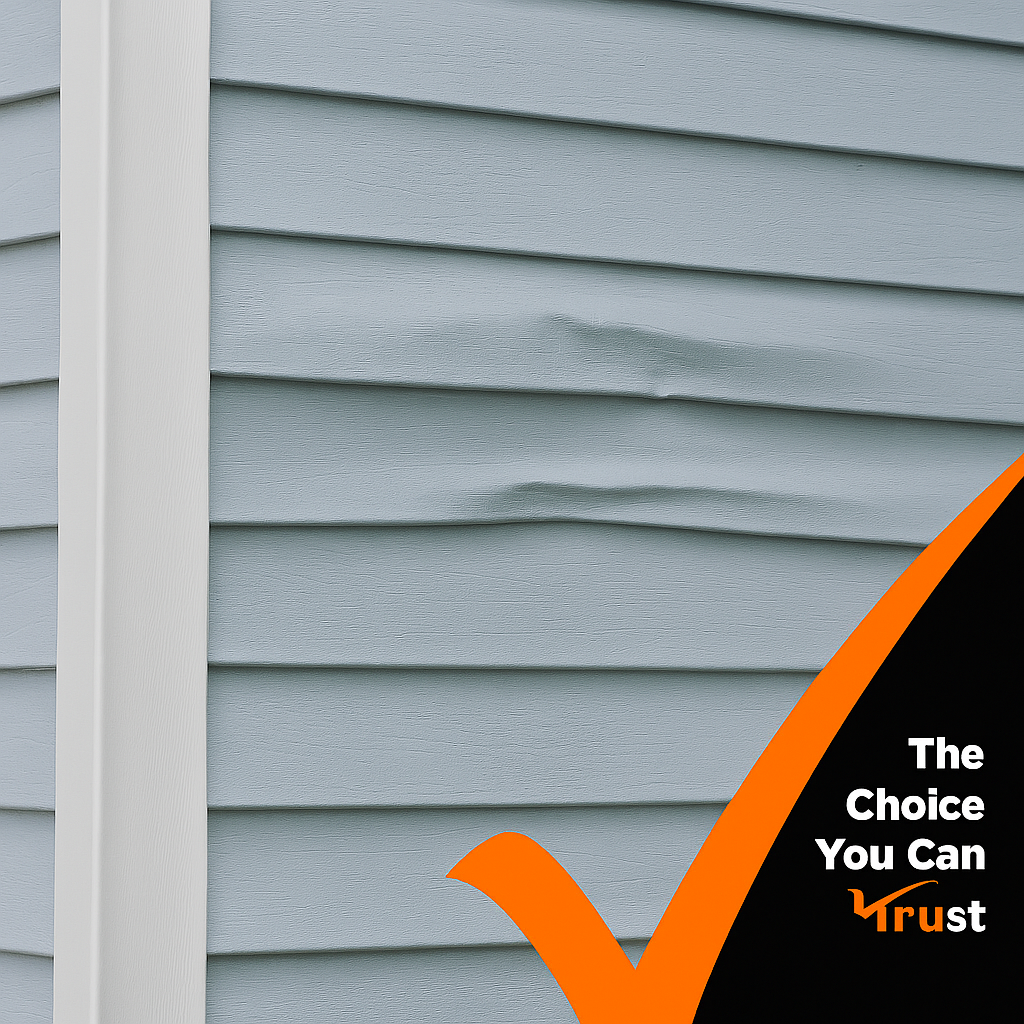How To Remove And Prevent Algae Stains on Your Roof
What is Roof Algae?
Roof algae, also known as roof moss or roof mold, refers to the growth of microscopic organisms, such as algae or moss, on the surface of roofs. It is a common problem in areas with high humidity and frequent rainfall. These organisms thrive in damp and shaded environments, typically appearing as green or black streaks or patches on the roof.
Roof algae can negatively impact the appearance and longevity of roofs. The algae's presence can lead to discoloration, giving the roof a dirty or aged look. Additionally, moss and algae can retain moisture, which may accelerate the deterioration of roofing materials over time. This can result in compromised structural integrity, increased vulnerability to leaks, and a shortened lifespan of the roof.
How To Remove And Prevent Algae Stains On Your Roof
Algae stains on roofs are a common problem, especially in humid and warm climates. Not only do they detract from the appearance of your home, but they can also lead to damage and reduce the lifespan of your roof. Fortunately, removing and preventing algae stains on your roof is relatively simple with the right tools and techniques. In this blog, we’ll cover some of the best ways to remove and prevent algae stains on your roof.
1. Remove Existing Algae Stains
The first step in removing algae stains from your roof is to thoroughly clean the affected area. This can be done with a power washer or by hand using a stiff-bristled brush and a cleaning solution. There are several cleaning solutions available that are specifically designed to remove algae stains from roofs, but you can also use a mixture of bleach and water in a pinch. Whatever method you choose, be sure to follow safety precautions and wear protective gear, including gloves and goggles.
2. Prevent Algae Growth
Once you’ve removed the existing algae stains, you’ll want to take steps to prevent them from returning. Here are a few tips:
- Keep your roof clean: Regularly cleaning your roof can help prevent algae growth by removing debris and other organic matter that can contribute to its growth.
- Install zinc or copper strips: Installing zinc or copper strips along the ridge of your roof can help prevent algae growth by releasing ions that are toxic to algae.
- Trim trees and vegetation: Overhanging branches and nearby vegetation can provide shade and moisture that algae thrive on. Keep trees and vegetation trimmed back to allow more sunlight and air flow to your roof.
- Improve ventilation: Proper ventilation can help reduce moisture buildup on your roof, which can prevent algae growth. Make sure your attic is properly ventilated and consider installing vents or fans if needed.
- Use algae-resistant shingles: If you’re in the process of replacing your roof, consider using algae-resistant shingles. These shingles are made with copper granules that are embedded in the asphalt, providing long-lasting protection against algae growth.
Final Thoughts
In conclusion, removing and preventing algae stains on your roof is an important part of maintaining your home’s curb appeal and protecting your investment. By following these tips, you can keep your roof looking its best for years to come. If you’re unsure about how to clean or prevent algae stains on your roof, call us here at TruChoice Roofing at 260-217-6611 for a free inspection and free quote if necessary!









